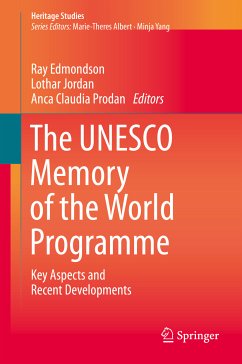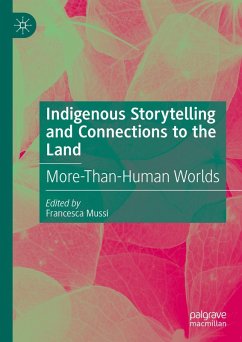
Indigenous Resistance in the Digital Age (eBook, PDF)
On Radical Hope in Dark Times
Versandkostenfrei!
Sofort per Download lieferbar
88,95 €
inkl. MwSt.
Weitere Ausgaben:

PAYBACK Punkte
44 °P sammeln!
From climate catastrophes to sudden wars, the world faces conflicts of unprecedented scale. Yet around the globe, Indigenous leaders continue to move forward with determination and hope. Leaders demand change, resisting the destruction of the environment and suggesting solutions to today's global crisis. Age-old practices are experiencing a cultural revival and the lessons call for all of us to walk alongside Indigenous peoples. In the face of crisis and the progress of technology, this book shows how to stand with Indigenous peoples through uncertainty and chaos. How to stand with Indigenous ...
From climate catastrophes to sudden wars, the world faces conflicts of unprecedented scale. Yet around the globe, Indigenous leaders continue to move forward with determination and hope. Leaders demand change, resisting the destruction of the environment and suggesting solutions to today's global crisis. Age-old practices are experiencing a cultural revival and the lessons call for all of us to walk alongside Indigenous peoples. In the face of crisis and the progress of technology, this book shows how to stand with Indigenous peoples through uncertainty and chaos. How to stand with Indigenous peoples is about how to listen, how to walk together and how to act.
Dieser Download kann aus rechtlichen Gründen nur mit Rechnungsadresse in A, B, BG, CY, CZ, D, DK, EW, E, FIN, F, GR, HR, H, IRL, I, LT, L, LR, M, NL, PL, P, R, S, SLO, SK ausgeliefert werden.












